Heat Exchanger Design
Shell and tube heat exchanger is designed by trial and error calculations.
The main steps of design following the Kern method are summarized as follows:
Step #1. Obtain the required thermophysical properties of hot and cold fluids at the
caloric temperature or arithmetic mean temperature. Calculate these properties at the
caloric temperature if the variation of viscosity with temperature is large.
Step #2. Perform energy balance and find out the heat duty ( Q ) of the exchanger.
Step# 3. Assume a reasonable value of overall heat transfer coefficient (Uo,assm).
Step #4. Decide tentative number of shell and tube passes (p n). Determine the LMTD
and the correction factor FT . FT normally should be greater than 0.75 for the steady operation of the
exchangers. Otherwise it is required to increase the number of passes to obtain higher FT
values.
Step #5. Calculate heat transfer area (A) required:

Step #6. Select tube material, decide the tube diameter (ID=i d, OD =o d), its wall thickness (in terms of BWG or SWG) and tube length (L). Calculate the number of tubes(t n) required to provide the heat transfer area (A) is
![]()
For calculating tube side fluid velocity,  Where, m, ρ and µ are mass flow rate, density and viscosity of tube side fluid. However,
Where, m, ρ and µ are mass flow rate, density and viscosity of tube side fluid. However,
this is subject to allowable pressure drop in the tube side of the heat exchanger.







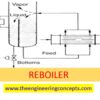

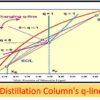
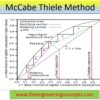
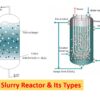
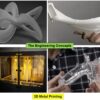
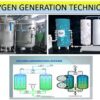
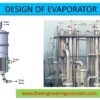
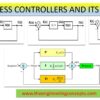



Informative
Very nice
Absolutely it’s a good platform to learn and improve skill …Thanks for your cooperation for increasing experience..Best of luck